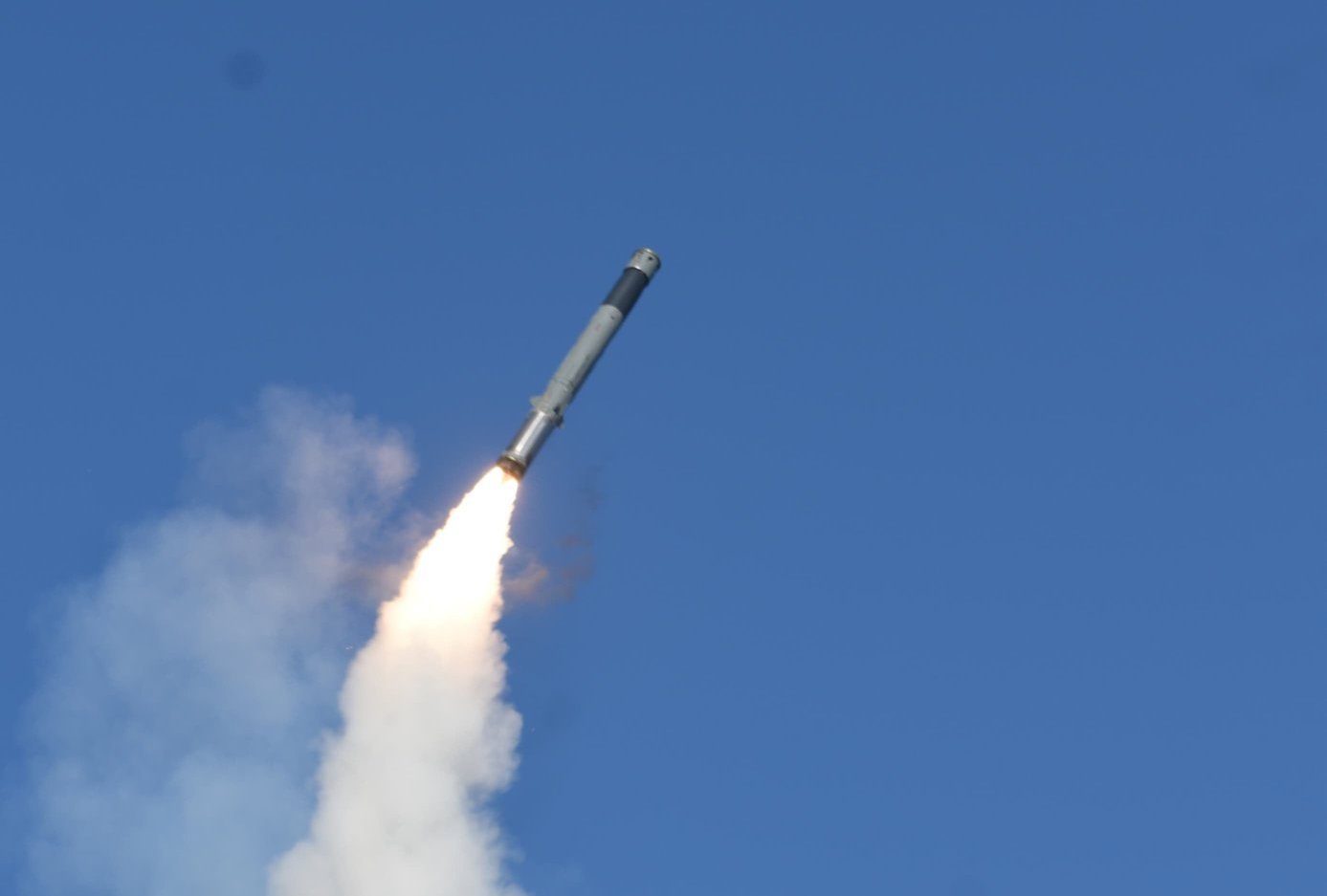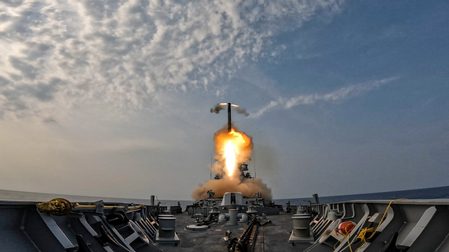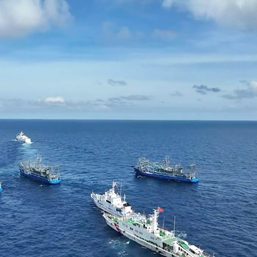SUMMARY
This is AI generated summarization, which may have errors. For context, always refer to the full article.

MANILA, Philippines – Over two months after the Philippines’ National Security Council promised the military’s entry into the supersonic age, all batteries of the BrahMos missile system have arrived in the Philippines, according to Indian media.
Delhi-based Hindustan Times, citing sources, said the first batch of the missile system arrived on April 18 and the fourth arrived on April 23. The Times did not say where the system was delivered to, but noted that it was brought to the Philippines aboard a C-17 Globemaster aircraft of the Indian Air Force.
Prime Minister Narendra Modi, according to Indian broadcaster NDTV, also made the announcement on April 18 during a campaign rally speech.
The Philippine military has, thus far, declined to comment on the reported delivery, telling media that it’s the Department of National Defense that will officially receive the shipment as part of the procurement process.
The Indian embassy in Manila has also not responded to inquiries about the delivery.
The Philippine Marine Corps’ Coastal Defense Regiment will be the end-users of the new system. Navy personnel earlier completed shore-based anti-ship missile system training in February 2023.
The delivery comes two years after Philippine and Indian officials signed a $370-million contract to purchase the anti-ship missile system in 2022, under the previous Duterte administration.
It also comes at a crucial time for Manila.
First, the Armed Forces of the Philippines (AFP) has started shifting focus to external defense, while the entire government is starting to adopt the “Comprehensive Archipelagic Defense Concept.”
Second, China has become more aggressive in the South China Sea in response to Manila’s new-found vigor under the Marcos administration to assert its rights and claims in those waters.
Joshua Espeña, vice president at International Development and Security Cooperation (IDSC), earlier told Rappler that while the BrahMos system in itself is not a game-changer, the “operational design, and the strategic vision that informs it” is.
The BrahMos supersonic cruise missiles are “two-stage missiles” – a propellant booster engine brings the missile to supersonic speed, separates, then a liquid ramjet brings it to 3 Mach speed, according to the company.
It has a promised a flight range of up to 290 kilometers with supersonic speed, with the extended range version of the weapons system promising up to a 500-kilometer range. The platform can be launched from land, ship, or fighter aircraft. The Philippines’ BrahMos system is land-based.
Its delivery – and expected acceptance by the Philippine Marines – is also a huge milestone for India, as it works to increase its defense exports.
The missiles are produced through a joint venture between the India-based Defense Research and Development Organization and Russia’s NPO Mashinostroyeniya.
The Hindustan Times reported that the delivery to the Philippines – which had been expected by the first quarter of 2024 – was “held up as the two nations hadn’t signed a non-disclosure agreement.”
It’s unclear how the standstill was solved, leading to the April 2024 delivery.
The BrahMos aren’t the only mid-range missile systems on Philippine soil in April 2024.
In mid-April, the United States’ 1st Multi-Domain Task Force deployed the Mid-Range Capability (MRC) missile system to Northern Luzon. The MRC was brought here specifically for Exercise Salaknib 24, or military exercises between the armies of treaty-allies the Philippines and the US.
They’ll be part of Balikatan 2024, but only to test logistics, which means how the system can be transported in Northern Luzon, where the bulk of the war games will be taking place. – Rappler.com
Add a comment
How does this make you feel?












![[Rappler’s Best] Gaming a war](https://www.rappler.com/tachyon/2024/05/gaming-a-war.jpg?resize=257%2C257&crop=353px%2C0px%2C720px%2C720px)
![[EDITORIAL] Diplomasya ni Rodrigo Duterte sa Tsina: Nakaluhod nang dikit ang noo sa lupa](https://www.rappler.com/tachyon/2024/05/animated-duterte-china-panatag-shoal-carousel.jpg?resize=257%2C257&crop_strategy=attention)
There are no comments yet. Add your comment to start the conversation.